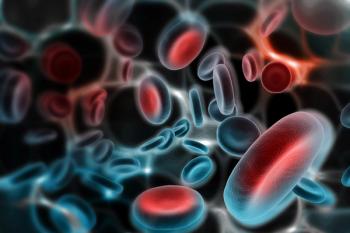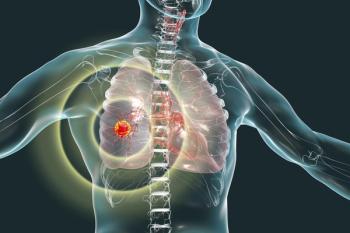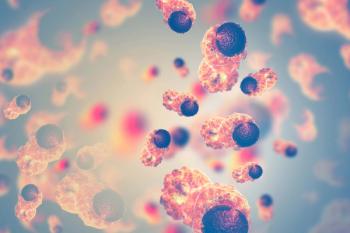
Do Targeted Agents Aid Melanoma Immunotherapy?
Guy Ben-Betzalel, MD spoke with Cancer Network about the emerging role of targeted BRAF+MEK inhibition in antitumor immunity.
Guy Ben-Betzalel, MD, is an oncologist at the Ella Lemelbaum Institute for Immuno-Oncology in Ramat-Gan, Israel, where he treats patients with skin cancer and studies the roles of immune response in targeted antimelanoma treatment outcomes. Cancer Network spoke with Ben-Betzalel about the promise of BRAF+MEK inhibition’s interactions with antitumor immunity and potential role in the development of combinatorial immunotherapy regimens.
Cancer Network: What is the emerging role of targeted BRAF+MEK inhibition in antitumor immunity, and what are the implications for clinical oncology?
Dr. Ben-Betzalel: We do know BRAF+MEK inhibition causes immune activation and there is some reasoning in possibly giving this therapy before progression on immunotherapy, where the immune system might be exhausted.
The future may lie in combinations of immunotherapy plus targeted therapy, upfront. With numerous clinical trials underway we should have those data soon.
Cancer Network: Your team recently
Dr. Ben-Betzalel: Well, our clinical experience over the years treating patients first with BRAF and then with BRAF+MEK inhibition was that there were some patients that were gaining extremely durable benefit from targeted therapy.
Our understanding of immunotherapy and the fact that BRAF inhibition has proven immune activation properties led to the hypothesis that possibly, patients who went on to achieving a very prolonged response to BRAF inhibition did so due to immune activation. One very good clinical way to assess that is to look for patients who have developed suspected irAE.
After a prolonged discussion, we decided to focus on some rare adverse events we thought represent the most likely immune activation: vitiligo, keratitis sicca, erythema nodosum, and uveitis. After scanning records of 78 patients we found 10 patients who had developed the aforementioned immune events and the median PFS for those patients was indeed much better at 42.8 months vs 6.1 months for the patients who had not developed the suspected irAE.
We also corrected these results to known prognostic factors of LDH level and number of disease sites, and the association remained statistically significant.
Cancer Network: Did the timing of irAE emergence correlate with progression-free duration?
Dr. Ben-Betzalel: We did not exactly conduct an analysis of PFS vs timing of irAE. However, the adverse events we defined as irAE did in fact occur significantly later compared to other (non-immune) adverse events (6.3 months vs 1.7 months).
This strengthens our feeling that these indeed were immune-related events as we know from immunotherapy agents that immune activation and toxicity can occur late and can take time to develop.
Cancer Network: Is there any reason to think a particular irAE might be more strongly predictive of progression-free survival than others?
Dr. Ben-Betzalel: Years of previous experience with early immunotherapies (interleukin-2 for example) have shown that vitiligo as an adverse event is a good predictive and prognostic clinical marker. This also holds true for current-day immunotherapies and I feel that is possibly also the case for BRAF+MEK inhibition. I rarely see patients who develop vitiligo (either with immunotherapy or with targeted therapy) that fail to respond to therapy or that have very-limited response.
Newsletter
Stay up to date on recent advances in the multidisciplinary approach to cancer.


















































































